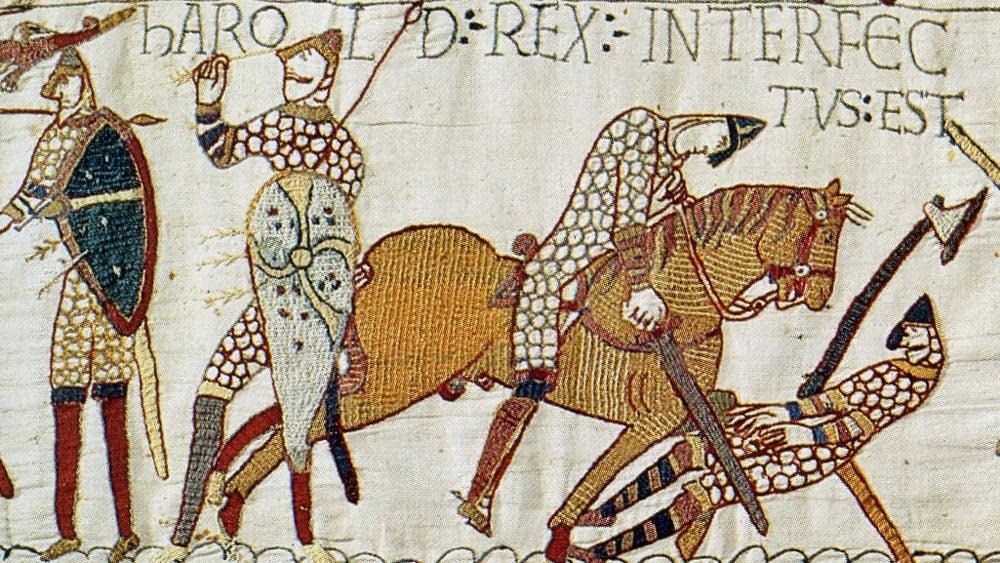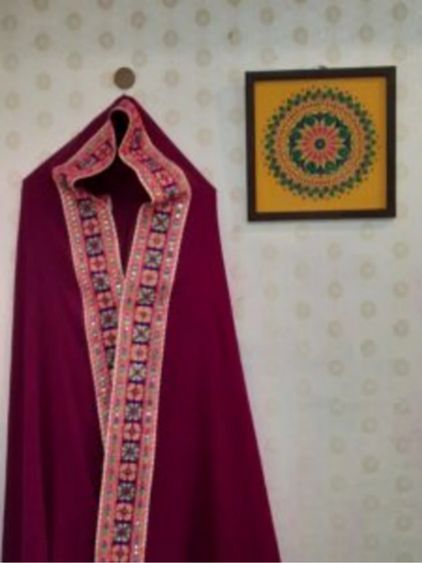Kutch / Kachchh is an ancient land of Indi, possessed of great antiquity which takes its…

Reminiscing The Timeless Treasures
Art adds colour to the room and not only decorate it more adequately, but it also introduces a ton of texture. So, whether one chooses a sculpture or a piece of wall art, it will bring the whole room together and creates beautiful story for each room
Wall hangings are an artistic form used for home décor, which adds to grace and beauty to the walls of any home. The beautiful and attractive wall tapestries can be used for this purpose as they can match all types of decor. Tapestries are considered to be one of the oldest art forms of wall hangings.
During the medieval ear, wall art in the form of hangings were popular with kings, basically in the upper class of the society wall tapestries were used in their mansions and castles. Wall hangings were initially considered luxurious belongings in ancient times.
Earliest hand embroidered wall hanging actually dates back to Cro-Magnon days or 30,000 B.C. Archaeological finds which reveals fossilized remains of heavily hand-stitched and decorated clothing
The opening of the tomb of the famous Egyptian pharaoh Tutankhamen revealed one of the oldest surviving examples of embroidery, followed by Bayeux Tapestry from era of 1476 as one of the items in Bayeux Cathedral treasures
The Bayeux Tapestry – is an embroidered cloth nearly 70 metres (230 ft) long and 50 centimetres (20 in) tall, embroidered with stem stitch and double couching on unbleached linen and is thought to have been embroidered in the year1076. It is one of the world’s most famous works of embroidery and is a product.

ref: https://www.thehistorypress.co.uk/
It depicts the events leading up to the Norman conquest of England concerning William, Duke of Normandy, and Harold, Earl of Wessex, later King of England, and culminating in the Battle of Hastings. It is thought to date to the 11th century, within a few years after the battle. It tells the story from the point of view of the conquering Normans but is now agreed to have been made in England.

ref: https://www.thehistorypress.co.uk/
The Bayeux Tapestry is not technically a tapestry, as its design is embroidered onto the linen rather than woven, however its mention as Tapestry since its find.

